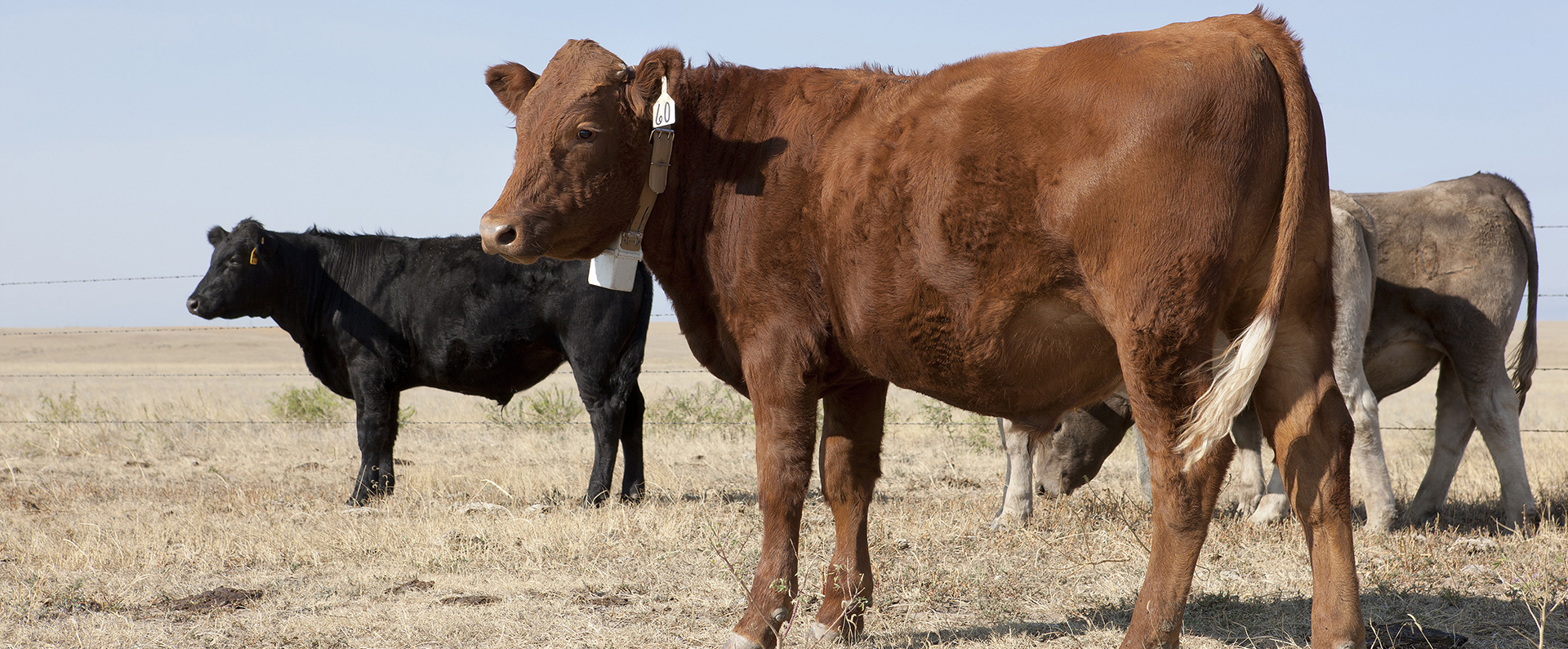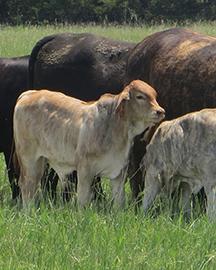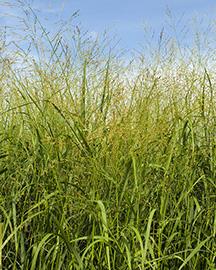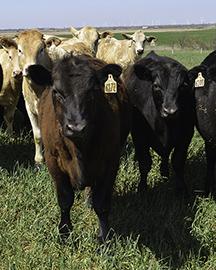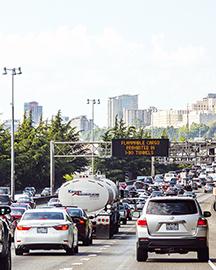Employing Livestock In The Fight Against Wildfires
In 2018-19, more than 13.5 million acres burned in more than 108,500 wildfires in the United States, according to the National Interagency Fire Center. Scientists at the ARS Northwest Watershed Research Center in Boise, ID, are investigating the effects of land use management practices on wildfires as part of USDA’s Long-Term Agroecosystem Research program. Researchers are looking into how targeted grazing on cheatgrass rangeland can create fuel breaks that may moderate wildfire behavior without impacting ecosystem health.
The Multi-Regional Targeted Grazing (TG) Experiment is a collaboration between ARS and the U.S. Department of the Interior’s Bureau of Land Management on fire-prone landscapes in Boise, ID; Elko, NV; and Frenchglen, OR. The project, which continues through March 2024, will determine whether strategically targeted cattle grazing will reduce fire fuels, moderate wildfire behavior, provide better initial attack alternatives for wildland fire fighters, and protect critical resources from wildfire damage.
Related Information
Article: Targeted Cattle Grazing Quickly Contains Wildfires in the Great Basin



